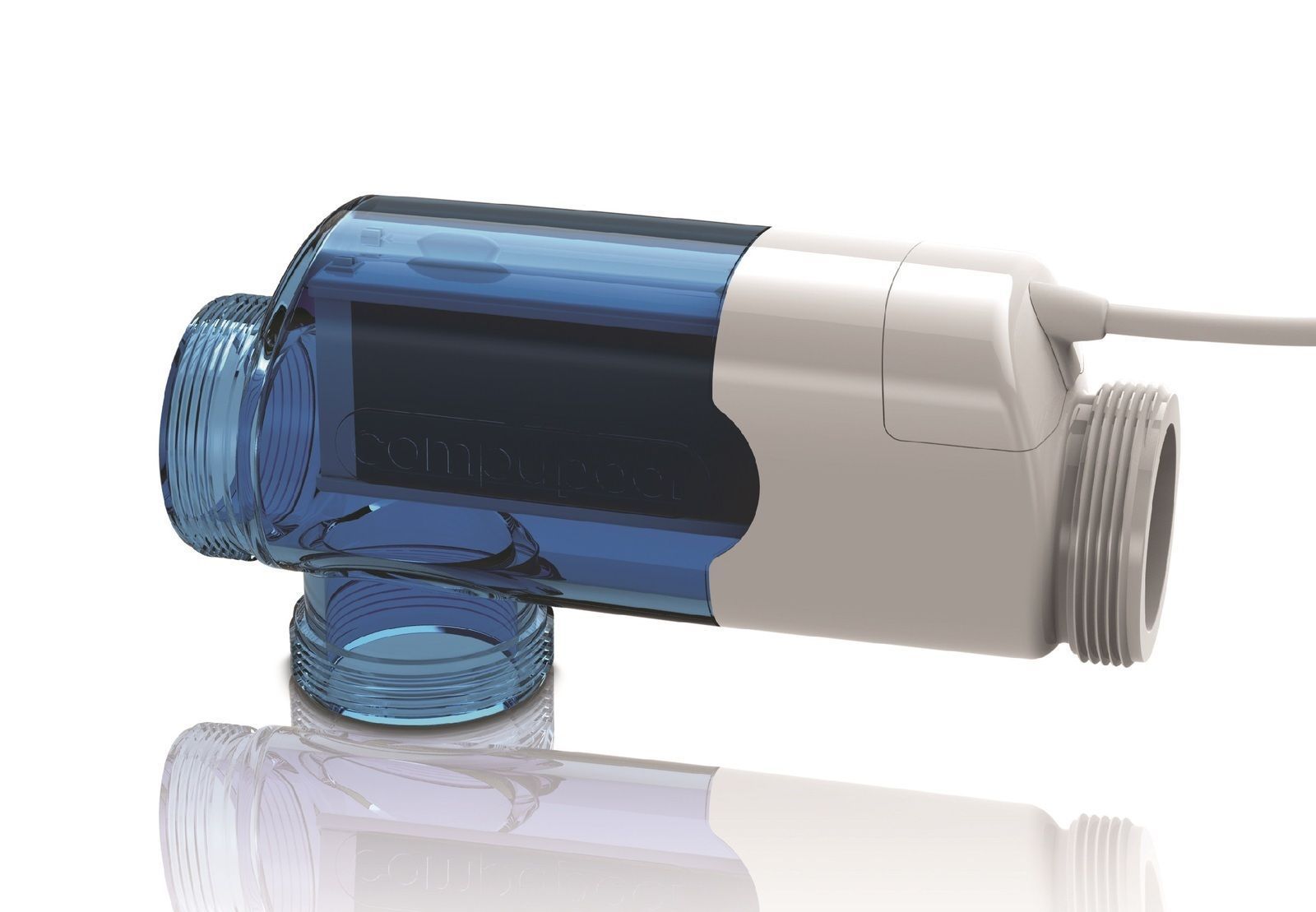
There may not actually be anything wrong with your salt cell or chlorinator. Keep adjusting and testing until you have a stable chlorine level (which should be 3-5 ppm). If the chlorine level is too high, back off the power. If the chlorine is still low or hasn’t increased, try increasing the power to 70%.
My compu pool control panel wont cut on generator#
On the generator control panel, start with 50% power and run your chlorinator for 10 hours.
My compu pool control panel wont cut on how to#
How to Adjust Chlorine Generator Power Level

Many pools are able to run for 8-10 hours a day at 50-60% power level and produce adequate amounts of chlorine. The power level you set your chlorinator too will depend on the size of the chlorinator, the amount of time you run the chlorinator for, the pool size and your pool. If the chlorine generator isn’t set high enough, it will not generate enough chlorine to keep up with the pool’s demand. If you click this link, we may earn a commision at no additional cost to you. We're industry experts and only recommend products we would use ourselves. If you test for salt levels in your pool with faulty test strips, you are sure to get an inaccurate chlorine reading which can make you think that the chlorinator is malfunctioning.Īs an expert tip, always check the expiration date on your test strips before using them. In addition to test, most test kits have an expiry date and if the kit or strips are used after the expiry date has passed, the test may not work or be inaccurate. This is particularly true for test strips. Test kits range in quality and often cheap ones aren’t accurate.

Find out how much salt the chlorinator needs.The only way to fix this is to add salt to the pool. You can also test the pool salt levels to be certain. If the salt level is low, the generator should indicate a low salt level on the display screen. converts the salt to chlorine) that is used to sanitize the pool water.Ī low salt level means less chlorine will be generated. The salt cell passes an electric current through the salt water to effect a chemical change that turns the salt particles into sodium hypochlorite or hypochlorous acid (i.e. Your pool chlorine generates chlorine through a process called electrolysis. Saltwater Chlorinator Cell Constantly Clogs Up (Solved!) 2) Low Salt In The Pool If your salt cell constantly clogs up, we have an article on this: Run the chlorinator and retest the water after a day (you should notice the chlorine has increased.Adjust the water chemistry to the required levels.Rinse the chlorinator with a hose and return it.Distilled white vinegar or muriatic acid (diluted) also works. Soak the salt cell in salt cell cleaner for 15 minutes.Remove the salt cell from its housing and spray it with warm water.Test the pool water chemistry to know the chemical levels of the pool water.Here is a quick rundown of how to do that: The best way to fix this is to clean the salt cell. As a result, you’ll notice a low chlorine reading in the pool water. These deposits can clog up the chlorinator cell over time, decreasing the chlorine output.

Each time your chlorinator runs and discharges chlorine into the pool, it leaves behind calcium deposits. 13 Reasons Salt Chlorine Generator Isn’t Working 1) Dirty or Clogged Salt Cellĭirty here doesn’t mean dirt or dust. So now that you know how to spot the fault, why did it happen? Here are 13 reasons your chlorinator isn’t working. Your chlorine generator should also begin to display error codes. When the generator or salt cell stops working, there will be low chlorine in the water which can lead to bacteria growth, murky pool water and algae bloom.

Low chlorine level in the water (after testing).How To Know When Chlorine Generator Isn’t Working


 0 kommentar(er)
0 kommentar(er)
